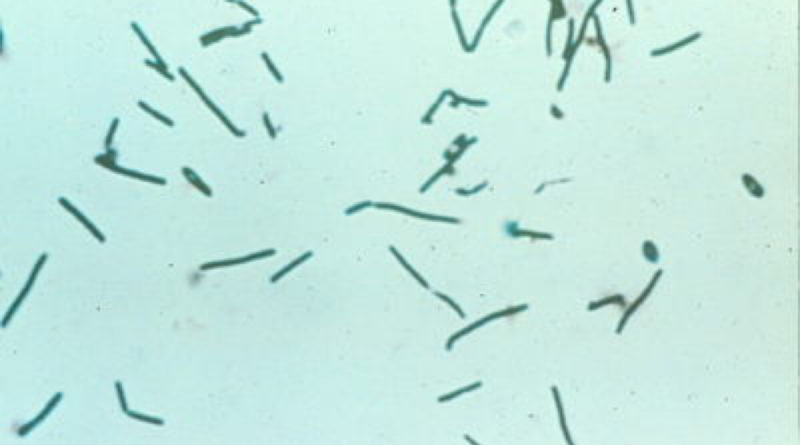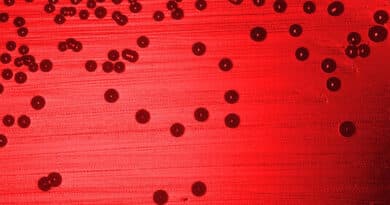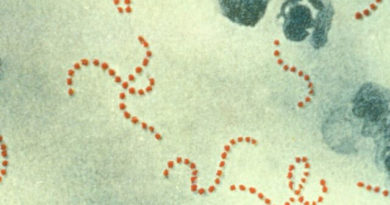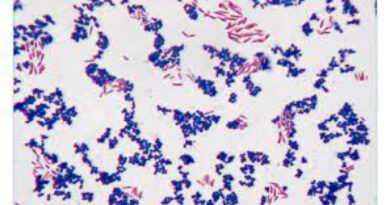Clostridium
The genus clostridium is buildup by Gram positive, anaerobic, spore forming bacilli. The spores are wider than the bacillary bodies, giving the bacillus a swollen appearance, resembling a spindle.
The genus clostridium contain bacteria those are responsible of three major human disease – gas gangrene, food poisoning and tetanus. Some of the pathogenic bacteria like Cl. Perfringens and Cl. Tetani are found normally in human and animal intestines.
Many species of clostridium are pathogenic but most are saprophytes found in soil, water and decomposing plant and animal matter.
Some (for example, Cl. acetobutylicum) are of industrial importance, used for the production of chemicals such as acetone and butanol.
Clostridia are highly pleomorphic. They are rod shaped, usually 3 -8 micrometer x 0.4 – 1.2 micrometer in size. Long filaments and involution forms are common. Spore formation occurs with varying frequency in different species.
The shape and position of spores vary in different species and these are of use in the identification and classification of clostridia.
Clostridia are motile with peritrichate flagella, with few exceptions such as Cl. perfringens and Cl. tetani type VI which are not motile.
Clostridia are easily stained. They are gram positive but in older cultures, cells are often Gram variable, or even frankly Gram negative.
Clostridia are anaerobic. The sensitivity to oxygen varies in different species. Some are exacting anaerobes and die on exposure to oxygen, while some others are aerotolerant and may even grow aerobically.Growth is relatively slow on solid media. Colonial characteristics are variable. Some species are hemolytic on blood agar. A very useful medium is Robertson’s cooked meat broth. It contains unsaturated fatty acids which take up oxygen, the reaction being catalysed by hematin in the meat.
Reference: Text Book Of Microbiology



